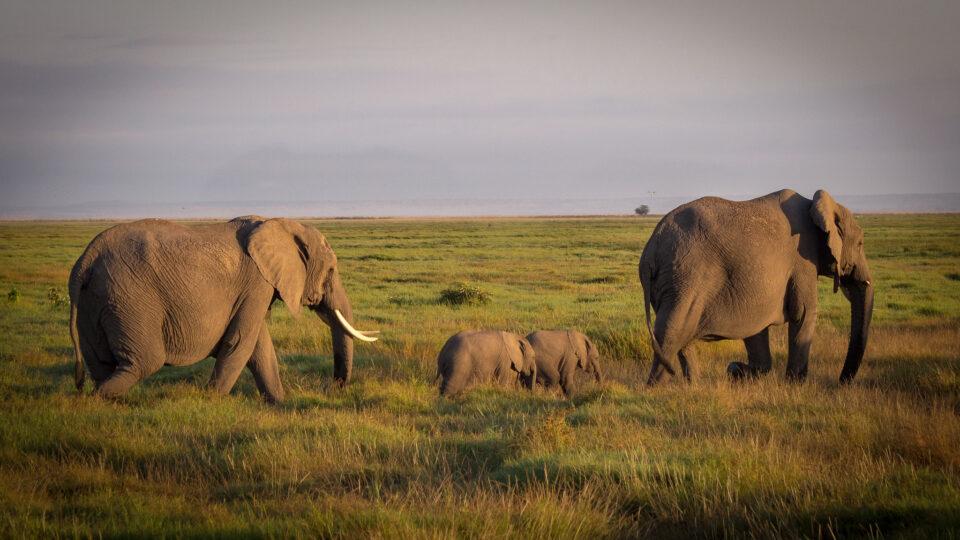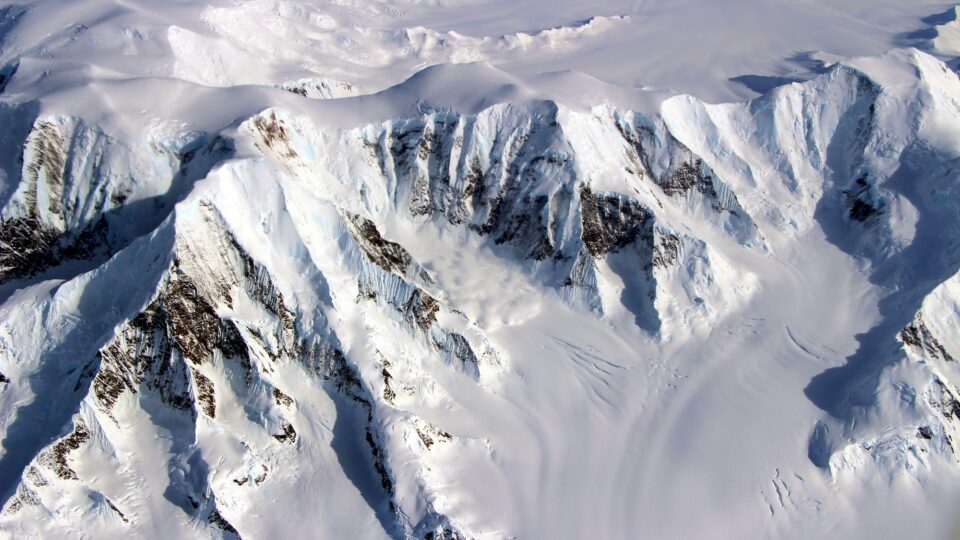There are lots of extreme weather events of all kinds these days. But there have always been extreme weather events. Climate change results in more extreme weather but not all extreme weather should be attributed to climate change. So, how do we know if an extreme weather event is a result of the changing climate? Communities that are affected by extreme weather events need to know whether they are likely to see more such events in the future, or if they are anomalies like a “500-year storm” or such.
Researchers at North Carolina State University, the National Oceanic and Atmospheric Administration, the University of Colorado, Boulder, and Princeton University developed a routine process for evaluating extreme weather events.
The test case was an extreme heat wave that affected Texas and Louisiana in 2023. This notable heat wave lasted almost the entire summer. The scientists used a two-step process to determine whether the heat wave was an anomaly or part of a new pattern. They took historical data from the past 100 years to see how unusual 2023 was. Then they compared that data with both past and present predictive computer models. Comparing the predictive models can indicate whether climate change was a factor in the event.
In this case, a similar drought would not have been as hot 50 years earlier, which indicates that the heat wave is related to climate change and that even more intense heat waves are likely to occur in the future.
This sort of information is important for communities to prepare for future events.
**********
Web Links
When is a Heat Wave Just a Heat Wave, and When is it Climate Change?
Photo, posted July 22, 2006, courtesy of Saturnism via Flickr.
Earth Wise is a production of WAMC Northeast Public Radio












